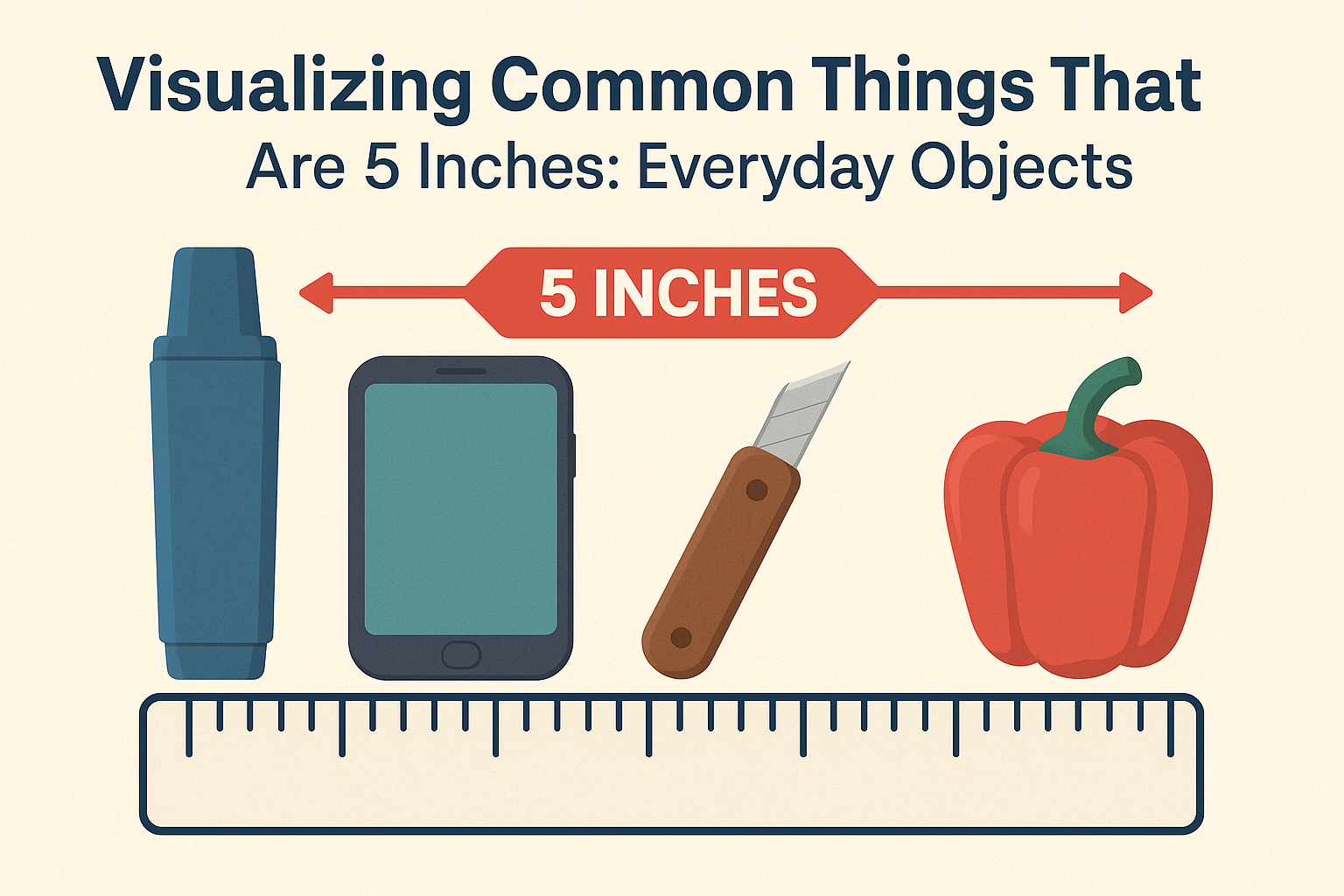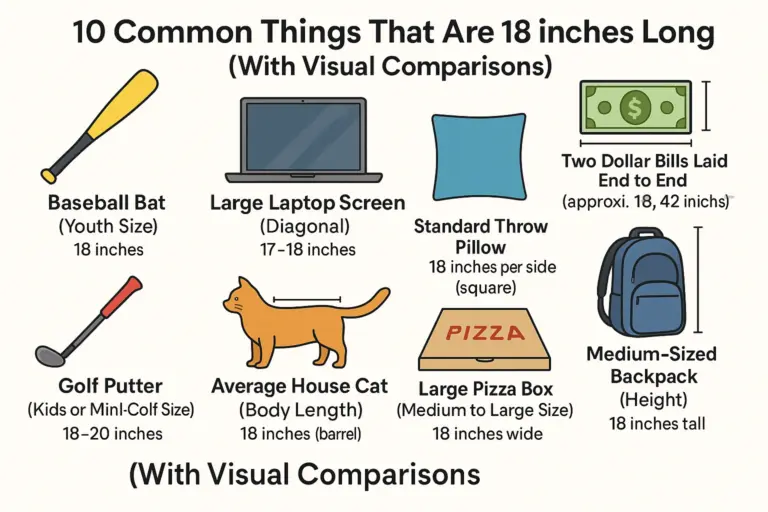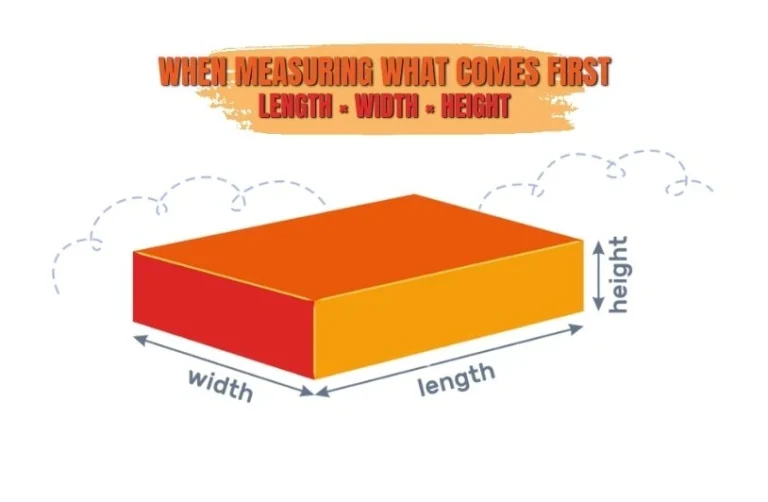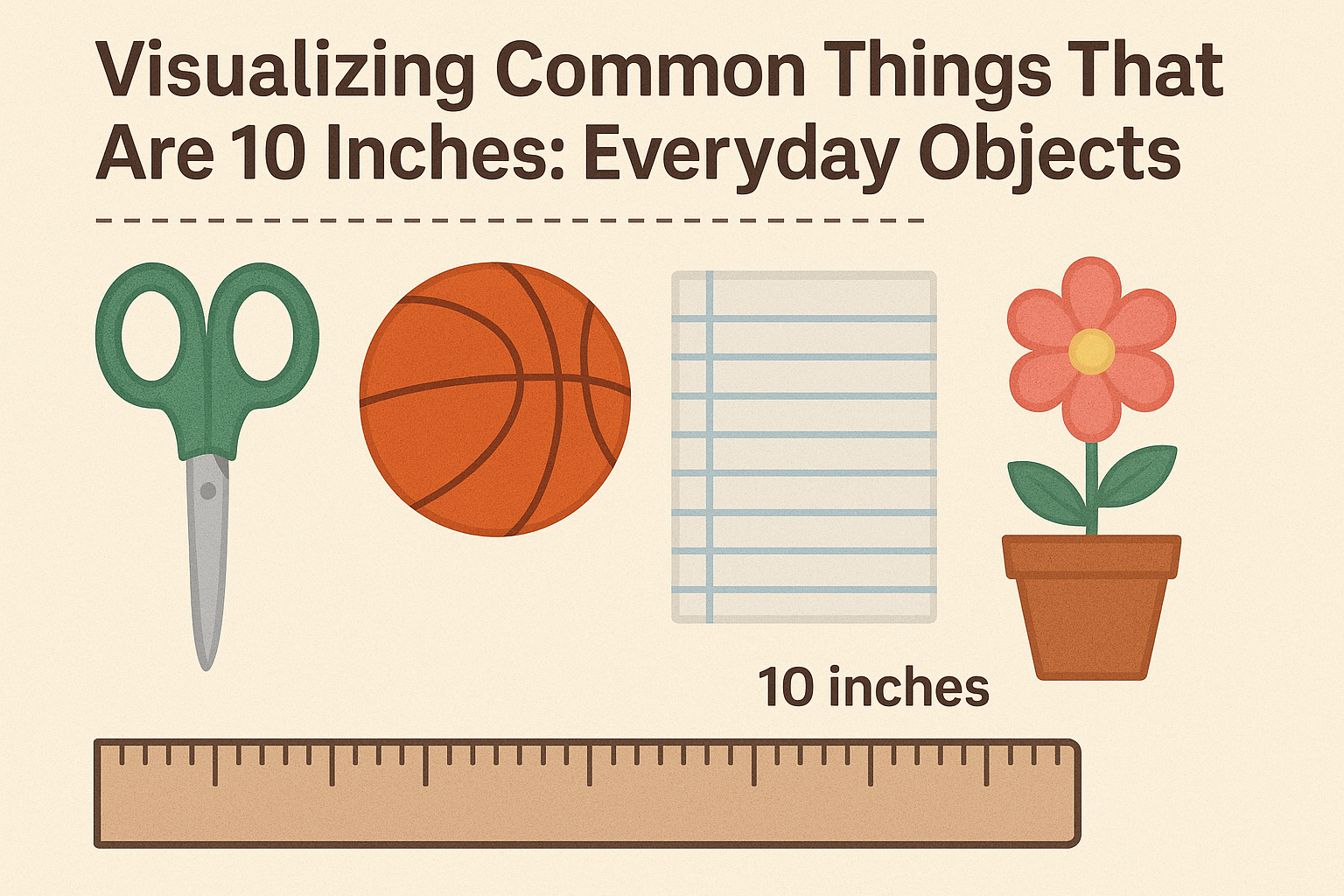Basketball Court Dimensions: Complete Size Guide
The sound of sneakers squeaking against polished hardwood, the swoosh of a perfect shot, and the roar of the crowd – basketball captivates millions worldwide. But have you ever wondered about the precise measurements that make this beautiful game possible? How Big is a Basketball Court and How Long is a Basketball Court are questions that many basketball enthusiasts ask, whether they’re planning to build their own court or simply curious about the sport’s specifications.
Understanding Basketball Court Dimensions is essential for players, coaches, facility managers, and anyone involved in basketball. These measurements aren’t just numbers on paper – they’re carefully calculated specifications that ensure fair play, safety, and optimal game flow. From professional NBA arenas to local community centers, these standardized dimensions create consistency across all levels of play.
This comprehensive guide will break down every aspect of basketball court measurements, from the overall court size to specific features like the three-point line, free-throw area, and backboard specifications. Whether you’re a student, coach, facility planner, or basketball fan, you’ll find all the essential information about Basketball Court Dimensions right here.
Understanding Standard Basketball Court Dimensions
The regulation Basketball Court Size follows strict international standards that ensure consistency across different venues and competitions. A standard basketball court measures 94 feet in length and 50 feet in width, creating a total playing area of 4,700 square feet. These Basketball Court Dimensions have been refined over decades to provide the perfect balance of space for athletic performance and strategic gameplay.

Professional Court Specifications
Professional basketball courts, including those used in the NBA, WNBA, and international competitions, adhere to these standardized measurements. The Dimensions of the Basketball Court create an environment where players can showcase their skills while maintaining competitive fairness. The court’s rectangular shape provides clear boundaries and defined areas for different aspects of the game.
The total playing surface includes not just the court itself but also the surrounding area needed for player safety and game operations. Most professional venues provide additional space beyond the court boundaries to accommodate player movement, coaching staff, and officials.
Detailed Breakdown of Basketball Court Dimensions
Length and Width Specifications
The standard Basketball Court Dimensions of 94 feet by 50 feet represent the playing area within the boundary lines. These measurements are consistent across most competitive levels, from high school varsity teams to professional leagues. The length provides adequate space for fast breaks and full-court plays, while the width allows for proper spacing and strategic positioning.
Key Areas and Their Measurements
Within the overall Basketball Court Size, several specific areas have their own precise dimensions:
The Center Circle: Located at the exact center of the court, this circle has a radius of 6 feet, creating a 12-foot diameter circle. This is where jump balls occur and serves as a reference point for court positioning.
The Three-Point Line: This crucial boundary varies slightly between different leagues. In professional basketball, the three-point line extends 23 feet 9 inches from the center of the basket at the top of the arc, dropping to 22 feet in the corners.
Free Throw Lane: Also known as “the key” or “the paint,” this rectangular area measures 16 feet wide and extends 19 feet from the baseline to the free-throw line.

Basketball Court Dimension Variations by Level
High School Basketball Court Dimensions
High school basketball courts typically follow the same Basketball Court Dimensions as professional courts, measuring 84 feet by 50 feet. However, some schools may have slightly smaller courts due to facility constraints. The key measurements remain consistent to ensure students learn proper spacing and develop skills that translate to higher levels of play.
College and NCAA Specifications
NCAA basketball courts maintain the standard Dimensions of the Basketball Court with some specific variations in marking and boundary specifications. The dimensions of a NCAA basketball court include the same 94-foot by 50-foot playing area, but with unique three-point line distances and lane markings that differ slightly from professional standards.
| Court Level | Length | Width | Three-Point Distance |
|---|---|---|---|
| High School | 84 feet | 50 feet | 19 feet 9 inches |
| NCAA | 94 feet | 50 feet | 22 feet 1¾ inches |
| NBA/Professional | 94 feet | 50 feet | 23 feet 9 inches |
Note: NCAA women’s basketball also adopted the same line as men’s starting in the 2021-22 season
Youth and Recreational Courts
Younger players often play on modified courts with adjusted Basketball Court Dimensions to accommodate their size and skill level. These modifications help young athletes develop proper fundamentals while playing on appropriately sized courts.
Half-Court Basketball Court Dimensions
The basketball court dimensions half court are particularly important for recreational play and practice scenarios. A half-court measures 47 feet in length (half of the full court). This creates a playing area of 2,350 square feet, making it perfect for pickup games, skill development, and smaller venues.
Benefits of Half-Court Play
Half-court basketball requires less space while maintaining the essential elements of the game. The basketball court dimensions half court still include a regulation three-point line, free-throw area, and basket, allowing players to practice most basketball skills in a more compact space.
Many residential and commercial installations opt for half-court designs due to space constraints and cost considerations. These courts provide an excellent compromise between full-court play and available space.
International Basketball Court Size Standards
FIBA (International Basketball Federation) courts have slightly different Basketball Court Dimensions compared to American standards. International courts measure 91.86 feet (28 meters) in length and 49.21 feet (15 meters) in width. While these differences may seem minor, they can affect gameplay and strategy at the international level.
FIBA three-point line: 6.75 meters (22.15 feet) from the center of the basket at the top of the arc, slightly shorter than the NBA.
Key Differences in International Play
The shorter court length in international basketball creates a more compact playing environment. This affects transition play, defensive strategies, and overall game pace. Players transitioning between American and international basketball must adapt to these dimensional variations.
Backboard Dimensions and Specifications
The backboard is a crucial component of Basketball Court Dimensions, with specific measurements that ensure consistent play across all venues. Understanding these specifications is essential for proper court setup and maintenance.

Standard Backboard Measurements
Professional basketball backboards measure 6 feet wide by 3.5 feet tall, creating a total area of 21 square feet. The backboard is positioned 10 feet above the playing surface, with the front edge located 4 feet from the baseline. These dimensions provide the optimal target area for shooting while maintaining appropriate challenge levels.
The backboard’s thickness typically ranges from 1/2 inch to 1 inch, depending on the material used. Tempered glass backboards are preferred for professional and high-level amateur play due to their consistent bounce characteristics and clear visibility.
Rim and Net Specifications
The basketball rim has an inside diameter of 18 inches and is positioned exactly 10 feet above the court surface. The rim’s height is measured from the playing surface to the top of the rim. The net, while not affecting Basketball Court Dimensions, hangs approximately 15-18 inches below the rim.
| Component | Measurement | Description |
|---|---|---|
| Backboard Width | 6 feet | Horizontal measurement |
| Backboard Height | 3.5 feet | Vertical measurement |
| Rim Diameter | 18 inches | Inside diameter |
| Rim Height | 10 feet | From court surface |
| Backboard Distance | 4 feet | From baseline |
Factors Affecting Basketball Court Dimensions
Facility Constraints and Adaptations
Not all facilities can accommodate standard Basketball Court Dimensions due to building limitations, budget constraints, or multi-use requirements. In these situations, courts may be modified while maintaining the essential playing characteristics.
Common adaptations include reduced court length while maintaining standard width, or proportional scaling of all dimensions. These modifications should be made carefully to preserve the game’s fundamental characteristics and ensure player safety.
Safety Considerations
Proper Basketball Court Size includes not just the playing area but also adequate space around the boundaries for player safety. Professional venues typically provide 3-6 feet of clear space beyond the court boundaries, while recreational facilities may have less clearance due to space constraints.
Planning and Construction Considerations
Site Requirements for Full Courts
When planning a facility with full Basketball Court Dimensions, consider the total space needed including boundary clearance, spectator areas, and support facilities. A complete basketball facility typically requires a minimum of 120 feet by 70 feet to accommodate the court and necessary clearances.
Multi-Use Court Considerations
Many facilities incorporate basketball courts into multi-purpose spaces. Understanding Basketball Court Dimensions helps in planning courts that can accommodate multiple sports while maintaining proper specifications for each activity.
Basketball Court Dimensions for Different Playing Styles
Fast-Break and Transition Play
The full 94-foot length of standard Basketball Court Dimensions provides adequate space for fast-break opportunities and transition play. This length allows teams to implement full-court pressing defenses and quick-strike offensive strategies.
Half-Court Set Plays
The width component of Basketball Court Dimensions is crucial for half-court offensive and defensive schemes. The 50-foot width provides enough space for proper spacing, screen-and-roll plays, and defensive rotations.
Technology and Basketball Court Size
Modern Court Surfaces and Markings
Today’s basketball courts incorporate advanced materials and precise marking systems that enhance the Basketball Court Dimensions specifications. High-tech court surfaces provide consistent bounce characteristics and player safety features while maintaining exact dimensional standards.
Digital Integration and Courts
Modern facilities often integrate technology into their court design while maintaining standard Basketball Court Dimensions. This includes LED lighting systems, digital scoreboards, and even interactive court surfaces that don’t interfere with regulation measurements.
Maintenance and Basketball Court Dimensions
Preserving Court Markings
Maintaining accurate Basketball Court Dimensions requires regular inspection and maintenance of court markings. Lines must be clearly visible and precisely positioned to ensure fair play and safety.
Resurfacing and Dimensional Accuracy
When courts undergo resurfacing or renovation, maintaining exact Basketball Court Dimensions is crucial. Professional installation teams use precise measuring equipment to ensure all markings and boundaries meet regulation standards.
Future of Basketball Court Size Standards
Potential Changes and Adaptations
While current Basketball Court Dimensions have remained stable for decades, ongoing discussions in basketball circles consider potential modifications to enhance player safety, game flow, or accommodate new playing styles.
Adaptive Courts and Flexible Dimensions
Some facilities are experimenting with adjustable court features that can modify certain Basketball Court Dimensions for different events or age groups while maintaining core specifications for competitive play.
Economic Impact of Standard Basketball Court Dimensions
Construction and Facility Costs
Understanding Basketball Court Dimensions is essential for budgeting basketball facility construction. The standardized measurements help architects and contractors accurately estimate materials, space requirements, and associated costs.
Equipment and Maintenance Standardization
Consistent Basketball Court Size across facilities allows for standardized equipment, maintenance procedures, and operational practices. This standardization reduces costs and improves efficiency for facility managers and operators.
Conclusion
Understanding Basketball Court Dimensions is fundamental for anyone involved in basketball, whether as a player, coach, facility manager, or enthusiast. The standardized measurements of 94 feet by 50 feet create the perfect environment for this dynamic sport, providing adequate space for athletic performance while maintaining competitive balance.
From the precise Basketball Court Size to specific features like the three-point line and free-throw area, every measurement serves a purpose in creating fair, safe, and exciting basketball competition. Whether you’re planning a new facility, coaching players, or simply satisfying your curiosity about the sport, these Basketball Court Dimensions represent decades of refinement and optimization.
The consistency of Basketball Court Dimensions across different levels of play ensures that skills developed on one court translate seamlessly to another. This standardization has helped basketball become a truly global sport, with players worldwide competing on courts with identical specifications.
For those seeking professional guidance on basketball court planning, construction, or optimization, Dimensions Path provides expert consultation and comprehensive solutions for all basketball facility needs. With proper understanding and implementation of these Basketball Court Dimensions, any facility can provide an excellent environment for this beloved sport.
Frequently Asked Questions
Q. How Long is a Basketball Court in Feet
A: A standard basketball court is 94 feet long. This measurement represents the distance from one baseline to the other and is consistent across most competitive levels of basketball, from high school through professional leagues.
Q. How Long is a Basketball Court in Yards
A: Converting the standard 94-foot length to yards, a basketball court is approximately 31.33 yards long. This conversion can be helpful for those more familiar with yard measurements or when planning facilities using different measurement systems.
Q. What are the basketball court dimensions half court?
A: Basketball court dimensions half court measure 47 feet in length by 50 feet in width. This creates a playing area that includes one basket, a three-point line, free-throw area, and adequate space for competitive half-court play.
Q. What are the dimensions of a NCAA basketball court?
A: The dimensions of a NCAA basketball court are 94 feet in length by 50 feet in width, identical to professional courts. However, NCAA courts have specific markings and three-point line distances that differ from other levels of play.
👉 Also, check out our latest guide on Daily Water Intake Calculator only at dimensions path!
Looking to make someone smile? Find thoughtful wishes at “TerrificWishes.com”







